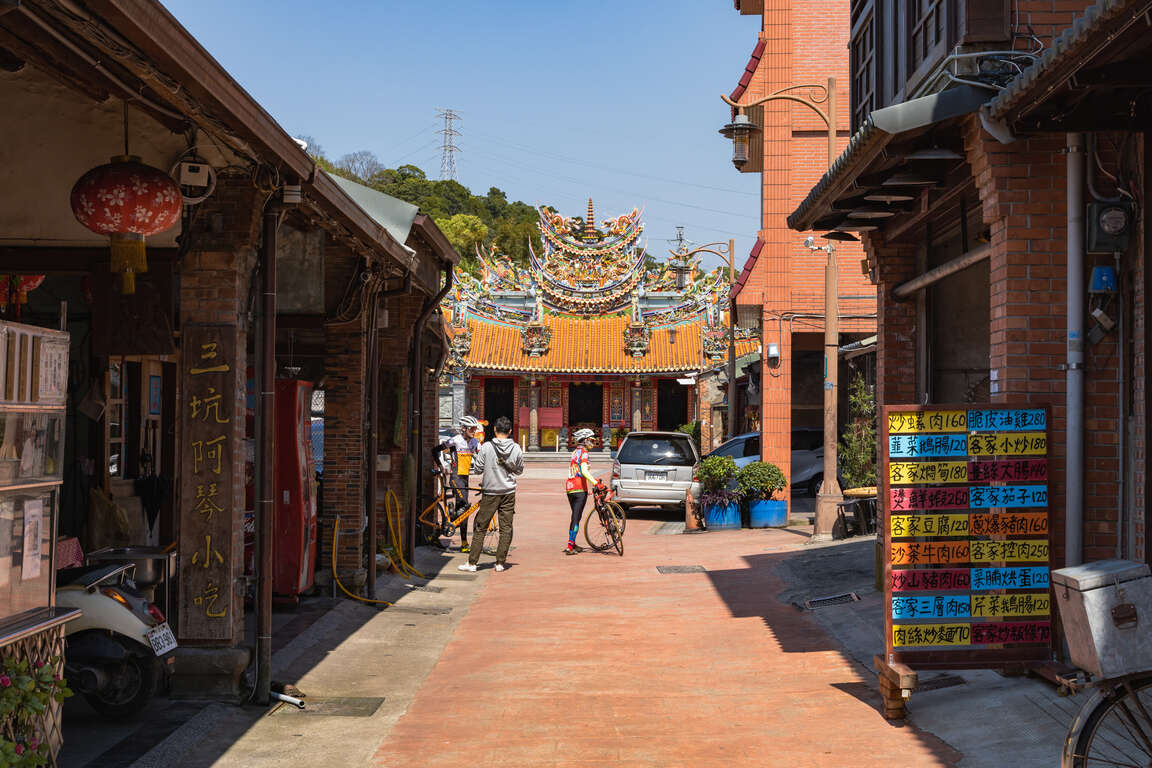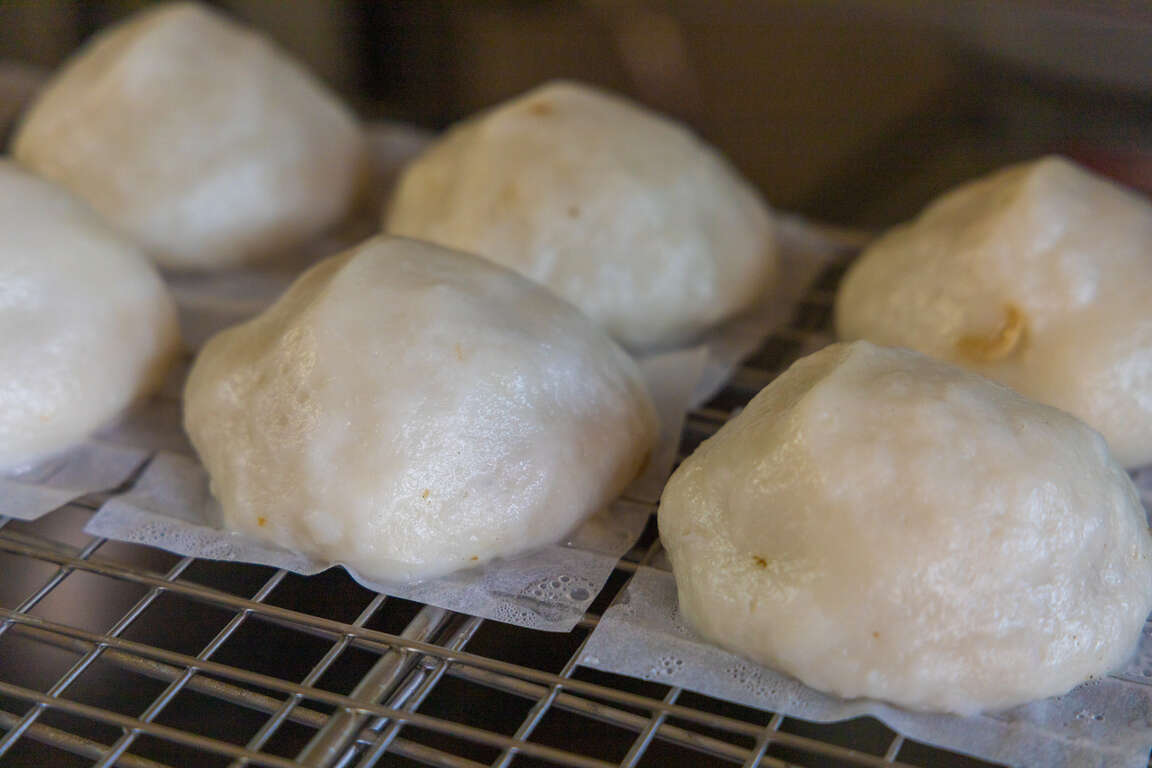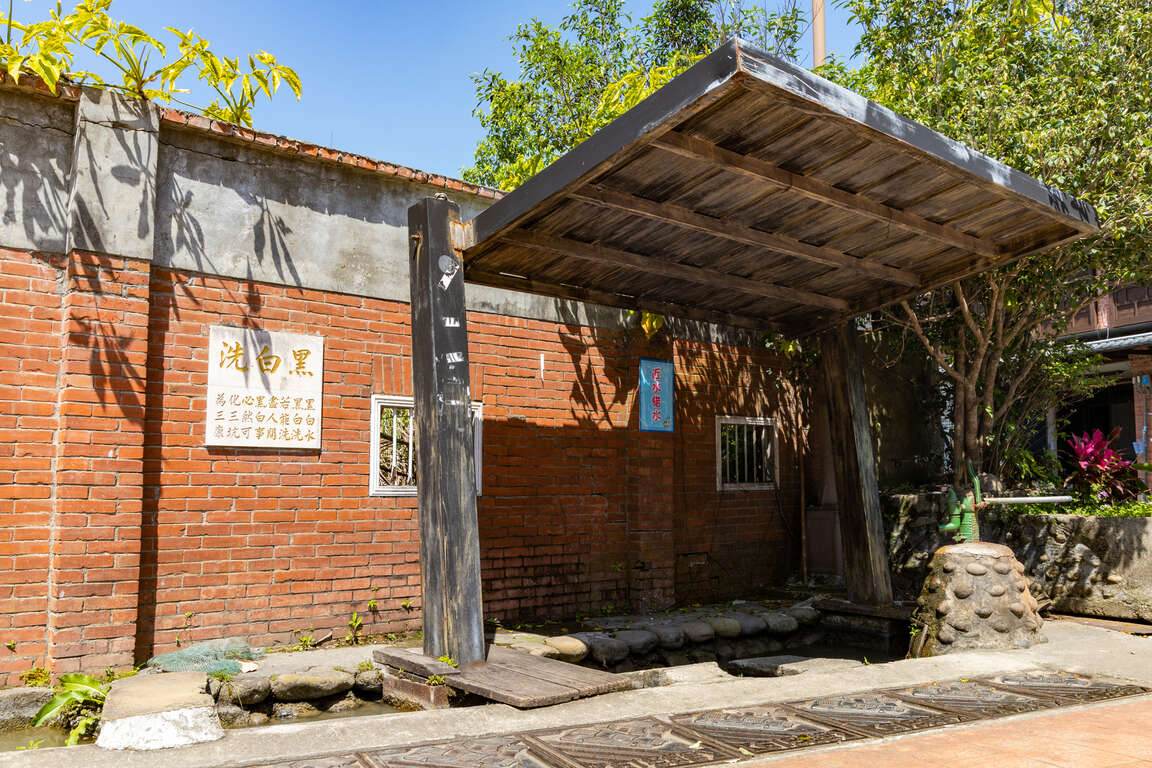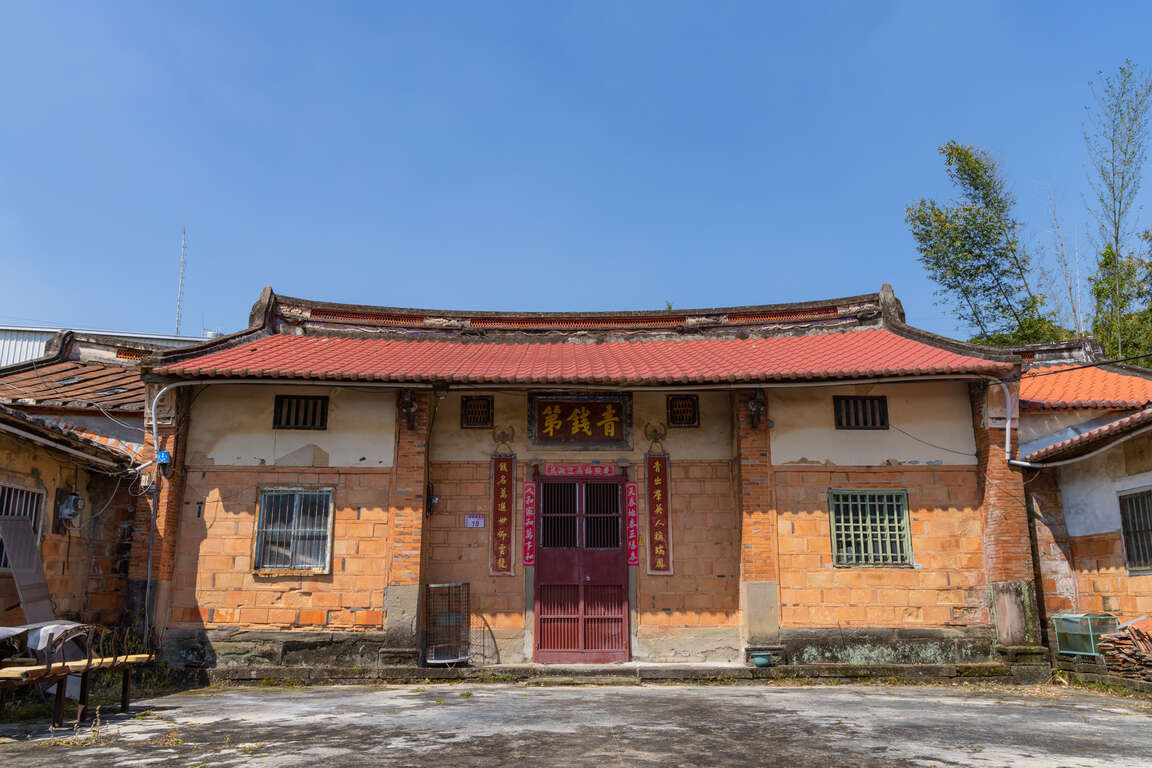※GPX files must be opened with suitable apps, such as Hikingbook.
Xiaocukeng Trail follows Cukeng Creek up and is covered by shades. Birds are always chirping here, and the gurgling stream nurtures rich wildlife. It is a trail suitable for hiking all year round. Xiaocukeng used to be a road for bullock carts. Many chapters of history have been written here. It is worth visiting and gaining a deeper understanding in.
Let's visit Xiaocukeng online first!
- From March to May every year, tung flowers bloom around the trail, making the romantic scenery.
- Every year from April to May at night from 6 to 9 o'clock, you can enjoy the marvelous sight of fireflies flying around here.
- The creek has abundant water, nurturing various species of ferns and other indigenous species of Taiwan.
- Booking: Tel: +886-3-4992241, +886-922-032173
- Fee: 800 NTD per hour of guided tour (no extra charge for arranging the tour)
- It is recommended that you make a booking a month in advance for holidays, two weeks in advance for weekdays.
- The breeding season of Formosan blue magpies (Urocissa caerulea) is from April to August every year. They have the habit of protecting their young. Do not get too close to them to avoid being attacked.
- Environmental protection is a shared responsibility. Do not litter on the ancient trail.
- There are no toilets at the entrance/exit or along the trail. Before the hike, you can go to CPC gas station at Gaoyuan Interchange (No. 2-20, Longyuan Road, Longtan District, Taoyuan City) or Gaoping Community Development Association of Longtan District, Taoyuan City (No. 11, Longyuan Road, Longtan District, Taoyuan City) to use the restroom.


At the north entrance of the ancient trail, there is a Bagong (Earth God) Temple, Yuanyou Fude Temple, which is the belief center of the nearby residents. Not only the common Bagong in Hakka regions is worshipped here, but also a statue of Bapo (the wife of Earth God) holding a child, which was custom-made when the temple was rebuilt in 1980. It is a rare practice to worship Bagong and Bapo together so this became a unique feature of this temple.

The old name of Cukeng was "Chukeng," which in the Hakka language refers to the source of flowing water. When entering the ancient trail, you will find a large number of angular rocks along the river, which can only be seen in the upper reaches of the river. The ancestors once used the open area at the north end of Xiaocukeng as a quarry. Bullock carts were used to transport stones, agricultural products, and other materials to and from Cukeng, Guanxi, Shiliao, and Mawudu. The first part of the ancient trail that is relatively wide and easy to walk used to be a road for bullock carts. Along the trail, you can often see stone retaining walls hidden under intertwined tree roots. These are relics of ancestors' life who reclaimed the land here.
When approaching the trail, you will hear welcoming bird chirping. Most of the crisp calls come from Formosan blue magpies (Urocissa caerulea) and light-vented bulbuls (Pycnonotus sinensis). In early summer, a large number of amphibians such as skinks (Scincidae) and frogs will appear around the trail. Xiacukeng has abundant water sources and great environmental conservation so at night in April and May, you can always find fireflies here, making it one of the popular spots for firefly watching in Taiwan.
In the beginning section of the trail, you can often find Taiwaniana Alsophila (Cyathea spinulosa) and Common Tree Fern (also known as brush pot tree). In the middle section, it is more humid as the trail is near the creek. Ferns and shade-tolerant plants thrive here. Hakka ancestors made use of natural resources to produce daily life items and agricultural tools. For example, Formosa palm (Arenga engleri) is the main material for straw cape, while Trema orientalis is often used to make a farming tool called "ludu."





Sankeng Old Street was once known as the No. 1 street of Longtan, Taoyuan. It used to be one of the most prosperous piers along Sankengzi River. There is endlessly flowing stream water here, trickling down from sources along Xiaocukeng Trail and the surrounding valleys and hills. The construction and development of this place are all closely related to water. Local residents also took advantage of this unique feature and developed many smart ways of life. For example, the "Heibaixi" public laundry on the old street is where women used to wash clothes.
Sankeng Old Street retains the old architectural style with corridors, which brought many visitors here are on weekends. Taiwanese movie David Loman and TV series Love Together were filmed here. There are also many Hakka delicacies in the market, such as vegetable buns, Chinese mugwort rice cakes, and Niuwenshui (sticky rice cake in syrup).
Yongfu Temple is located in the center of Sankeng Old Street. Built in 1744, it has been relocated three times over more than 200 years. It was moved to the current site in Sankeng in 1924. The temple is dedicated to Sanjieye (the Three Great Emperor-Officials), who are in charge of heaven, earth, and water. In the past, as the reclamation and irrigation of the Hakka regions relied on water, Sanjieye became an important belief in Hakka culture. There are 22 temples dedicated to Sanjieye in Taoyuan, and Sanjieye Culture Festival is held every year to pass down the important sacrificial rituals.
About 200 meters away from Sankeng Old Street, there is another well-known attraction called Qingqiandi Ancient House. Built during the Sino-Japanese War in 1895, it is a Sanheyuan building of more than a hundred years of history. Currently, Qingqiandi is a private property and not open to the public.
Sankeng Eco Park covers an area of about 3.8 hectares. Besides the lakeside scenery and green grassland, you can also connect to Sankeng Bikeway for a bike tour here. Sankeng Eco Park is also the starting point of Raknus Selu Trail. The social media check-in point at the park entrance, the path of carrying pole, and the art installation in the park manifest the past glory of Sankeng Longtan. This place used to be an important export port for tea, rice, camphor, and sugar. It is hoped that through the artworks, visitors can better understand the history and culture of Sankeng.
Located near Xiaocukeng Trail, there is another historical site called Daping Red Bridge. Built in 1923, this bridge has a history of nearly a century. The bridge is made of red bricks. At the time of building, glutinous rice paste mixed with brown sugar and limestone was used to stabilize the bridge body, so it is also called Nuomi (glutinous rice) Bridge by locals. The total length of the bridge is only a bit over ten meters, but it used to provide important external access for Daping Village. Daping Red Bridge is well preserved with an elegant and retro appearance. It has recently become a popular social media check-in spot. With the nearby waterfront park, it is a great place for a weekend excursion.
From Longtan Station or Longtan District Office, take free bus L727 or L728 to Shigu Station. Head north on Provincial Highway 3 for 750 meters, then turn right onto Cukeng Road. Go for about 400 meters before forking left. Then go to the end of the road and you will find the entrance of Xiaocukeng Trail.






